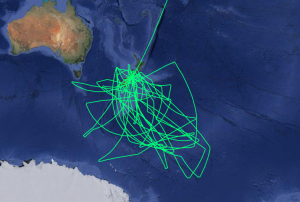By Troy Asher
Editor’s note: NASA research test pilot and aerospace engineer Troy Asher is the Armstrong Senior Representative for the second half of the deployment.
We have completed the first phase of the final portion of the New Zealand deployment, with the first three flights with the GREAT Instrument (the German REceiver for Astronomy at Terahertz Frequencies). The aircraft has been behaving well, and we have gotten all planned data, except for one leg on the first flight (see below).

Weather has not been overly challenging although it is certainly wintertime here. Takeoff times have been on time every night due to the wonderful help we have received from the Christchurch Tower control professionals. Despite poor connectivity via high frequency (HF) radio communications and the Iridium (satellite) phone while flying in the extreme southerly latitudes, Auckland Control has worked with us and we have received virtually every flight path change we have requested.
Two nights ago, we used our new in-flight Internet system (lovingly known as “Skynet”) to do our coordination with Auckland Control when no other means would work. They would launch search and rescue efforts if they lose contact with an aircraft for 15 minutes beyond the planned contact time, but due to timely calls from us over Skype at 62-degrees South over the southern Pacific, all was well. This new capability will certainly continue to be a benefit for us in the future.
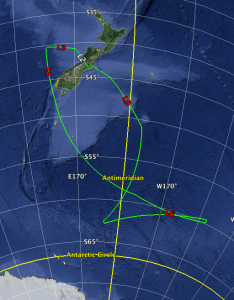
Flight 228, July 12, 2015
The first mission of the deployment for the GREAT instrument team was a very successful flight for four of the flight’s five science legs. Unfortunately, on one of the science legs we experienced a computer system crash, which eventually led to a complete loss of that observing leg. The other four legs collected 100 percent of the planned science. The airplane came home healthy and was ready for the following night.
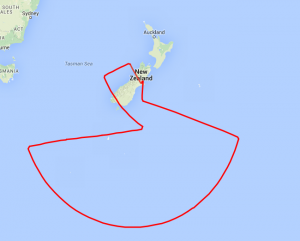
Flight 229, July 13, 2015
The second flight for GREAT was an extremely successful one. We collected all planned data on each leg, and even a bit more on some. Also, we had incredibly bright and very long lasting aurorae. The mission was enhanced by the use of Skynet to accomplish position reports with Auckland Control over Skype. The HF radio and Iridium phone were both not receiving any signal, but Skynet was working well.
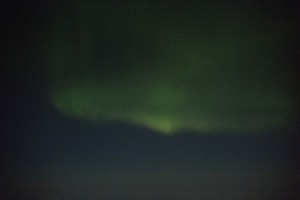
Flight 230, July 14, 2015
Another very good flight with more than 100 percent of the planned data gathered on every leg. There were some challenges along the way, but the efficiency of the mission crew allowed them to quickly breeze through issues with no loss of science observations. The GREAT science team reports they are very happy with the results they have gotten with extremely low water vapor levels, as was also seen on the 2013 deployment to Christchurch.
SOFIA concluded research flights from Christchurch, New Zealand, on July 22, and returned to its home base of Palmdale, California, on July 24, 2015.
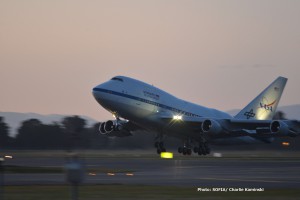
This is the final post.
